In January each year, Homeschool Association directors send their homeschool enrollment numbers to the respective school districts. This is part of what the law requires here. So, while the districts are busy tallying this year’s numbers, let’s take a look at the SC Homeschool enrollment numbers from previous years.
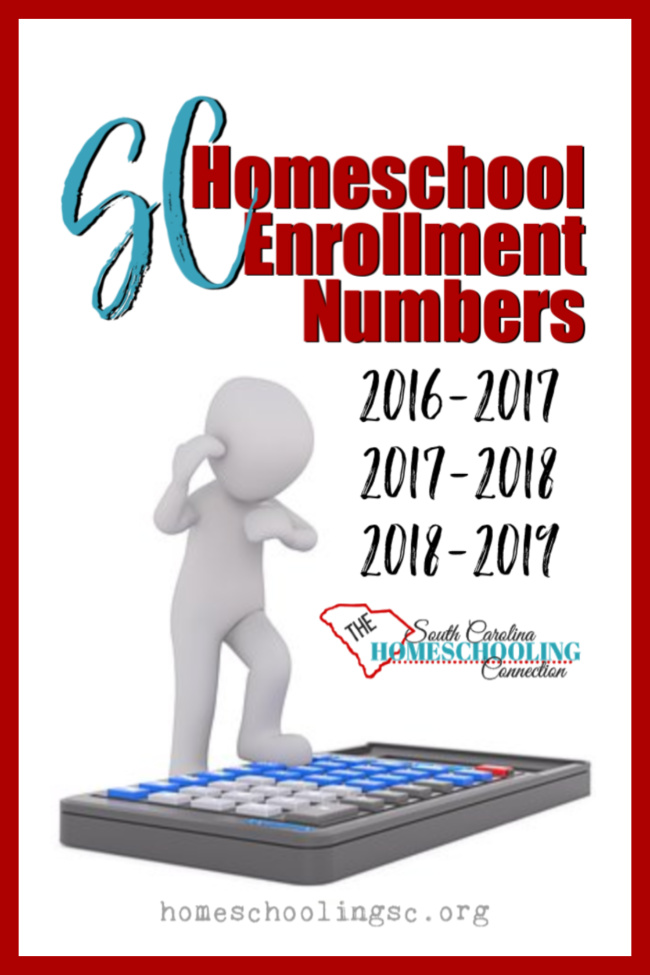
I’m not sure what the numbers mean to the Department of Ed or if they do anything with numbers besides collect them (as the law requires them to do). But, the enrollment numbers are always interesting to me. I request a copy each spring/summer when they have compiled the data.
This post compares numbers reports from 2016-2017, 2017-2018 and 2018-2019 school year.
SC Homeschool Enrollment Numbers
Most often we’re interested in the total enrollment overall. But, I also like to consider some of the subtotals.
- The report counts the enrollments in each option–Option 1, Option 2 and Option 3. For the 2014-2015 numbers report, we looked at WHY most homeschoolers choose Option 3.
- The report includes the number of enrollments reported by each of the respective school districts. For the 2015-2016 numbers report, we looked at WHERE the homeschoolers live in SC.
- The report also counts the students by grade levels. Let’s take a closer look at the gradelevel subtotals. This gives us some indications about WHEN students are enrolled in homeschooling.
Totals from Year-to-Year
Each year, the number of homeschool students has been increasing overall. We feel this increase in the homeschool community, as more and more programs and groups are popping up to meet the educational and social needs.
- 2014-2015: total 16,815
- 2015-2016: total 17,730
- 2016-2017: total 19,983
- 2017-2018: total 21,532
- 2018-2019: total 20,752
This trend toward increased numbers may be the total population is also rising. I have some other numbers reports for total enrollment numbers in the public schools. That’ll have to be a post for another day to consider that correlation to the public school enrollment numbers.
Last year was the first dip in the numbers. It’s possible the growth trend is leveling off. Time will tell when we can see the numbers for 2019-2020. But, the overall homeschooling enrollment has increased by 4,000 students over the past five years.
I think the numbers demonstrate a shift in the homeschool trends. More people are homeschooling, but only for a few years. Some only for a single year. I think this accounts for the slight dip/platau in the total numbers.
The shifting numbers from year-to-year at each grade level make me think that more people are trying homeschool. At least for little while.Click To Tweet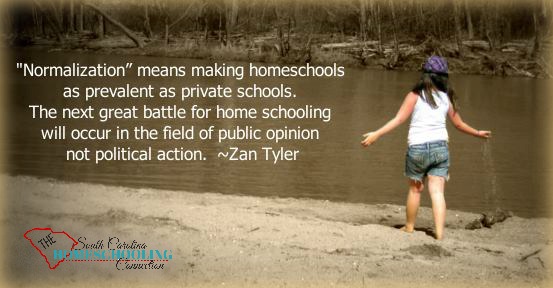
Grade Level Totals
The numbers by grade level are really interesting to see *when* people are choosing to homeschool. Let’s start with the 2016-2017 enrollment numbers, comparing the grade level numbers for just that year. Our initial comparisons presume that there are equivelent numbers of students at each grade level across the state in any given year.
In this sample year, 2016-2017:
- There’s a bell curve with more students in the middle years than at either end in Kindergarten or 12th Grade. The highest grade level enrollment is the 4th grade with 1755 students. But, 3rd-8th grades are all relatively close to that count.
- There’s a jump between K-5 and 1st grade enrollments. That could be because of students who tried K-5 and didn’t like it. Or because of students who opted out of K-5 and then decided to homeschool for 1st grade.
- There’s also a decline in numbers at the high school level here. The smallest class is the senior class. Possibly because some homeschoolers do transfer into public school at the high school level. I know many parents start out homeschooling with the long range goals to transfer when they get to high school. So, this homeschool panic could contribute to the decreased numbers for high school.
But, we know the numbers of students at each grade level are NOT equivalent. Public schools have to move teachers around for a flux of students that happens in one class year, but not the next.
- So let’s follow the large 4th grade with 1755 students counted in the 2016-2017 numbers.
- In 2017-2018, they’re 5th graders with 1860 of them enrolled.
- And in 2018-2019, they’re 6th graders with 1816.
There’s a come and go flow from year to year. Take a look at the 5th grade (2016-2017) to 6th grade (2017-2018) to 7th grade (2018-2019). See how the numbers shift in that cohort?
Now consider the Kindergarten numbers:
- Kindergarten class of 2016-2017 is 1334. It jumps to 1812 when they’re 1st graders in 2017-2018. Then the count drops to 1713 for 2nd grade in 2018-2019.
- Kindergarten class of 2017-2018 is 1460. It jumps to 1658 when they’re 1st graders in 2018-2019.
There may be some underlying reasons why that age group is increasing. It’s just a guess if that is the number of people transferring from traditional school or they just opted out of compulsory attendance for K5.
It’s also likely just part of the come and go flow from year to year.
Let’s also take a closer look at the high school numbers from year to year.
- Juniors (2016-2017) had 1202. That was the senior class of 2017-2018 with 1207.
- Sophomores (2016-2017) had 1387. Juniors (2017-2018) dropped off to 1303. Seniors (2018-2019) dropped off again to 1169.
- Freshman (2016-2017) had 1404. Sophomores (2017-2018) counted 1418. But, then Juniors (2018-2019) dropped off to 1246.
So, maybe the high school numbers do decline a bit. There are some opportunities for public school students to get free dual enrollment credits. Many homeschoolers don’t have this opportunity for free college credits in high school in their area.
Years ago, families would go “all in” on their choice to homeschool. They would homeschool all their kids from Kindergarten thru graduation. But more and more people choose to homeschool for a shorter period of time. Then, transfer into another school option in a private or public school.
Parents are exploring the options and opportunities to educate their child. We do what works. For each child. One year at time.
The shifting numbers from year-to-year at each grade level make me think that more people are trying homeschool. At least for little while. And that’s ok with us!
Read more to tackle the “socialization” myth–for the REAL problem: 
The School Choice Roadmap: 7 Steps to Finding the Right School for Your Child




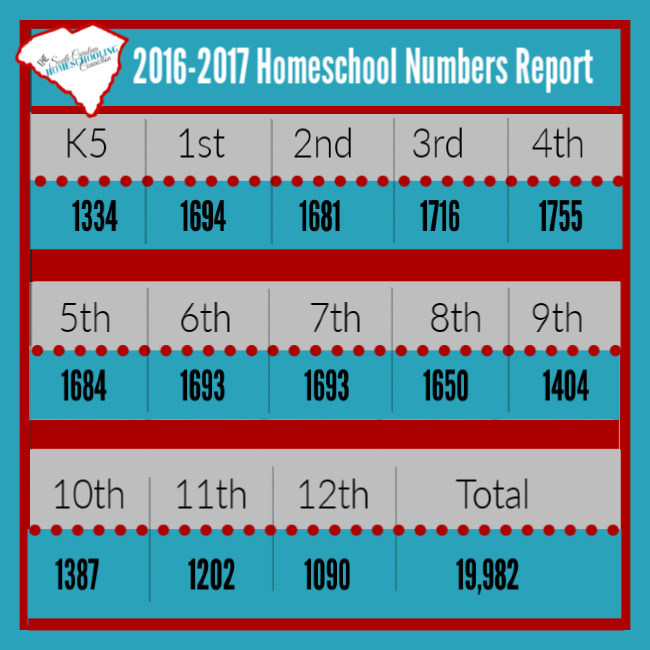
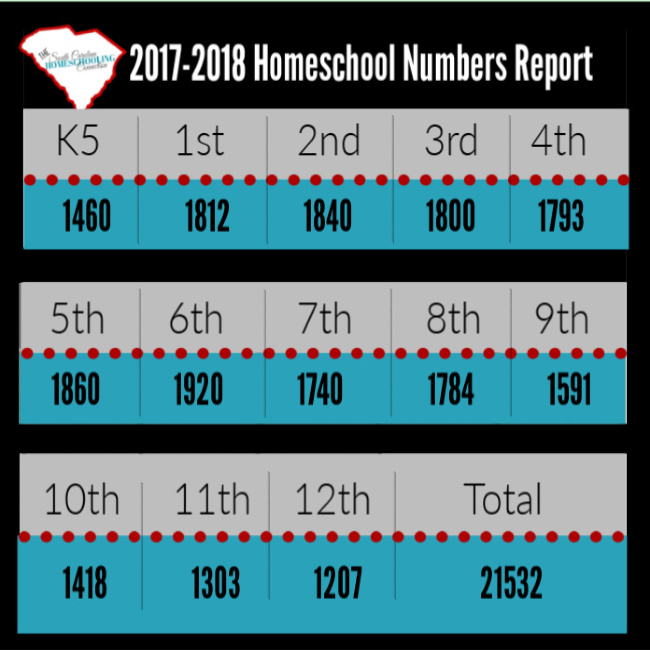
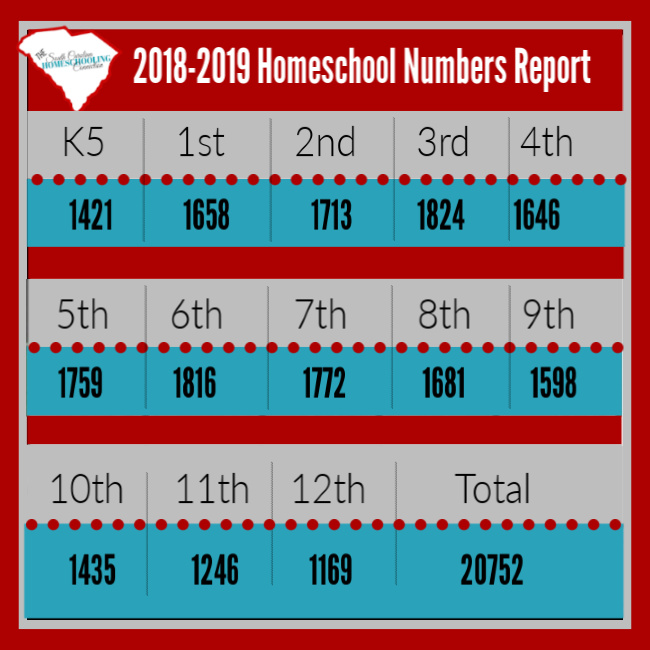
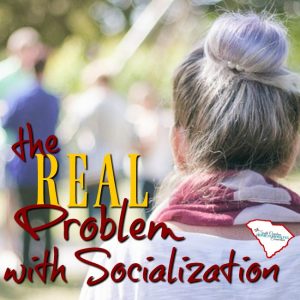






 Child Advocacy Summit at Harvard
Child Advocacy Summit at Harvard Tax Breaks, Funding and Homeschoolers, Oh My!
Tax Breaks, Funding and Homeschoolers, Oh My!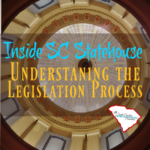 How to Understand the Legislation Process
How to Understand the Legislation Process Profile of a South Carolina Graduate
Profile of a South Carolina Graduate
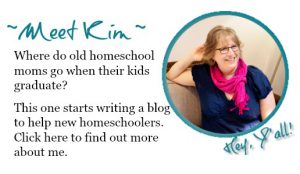



Speak Your Mind